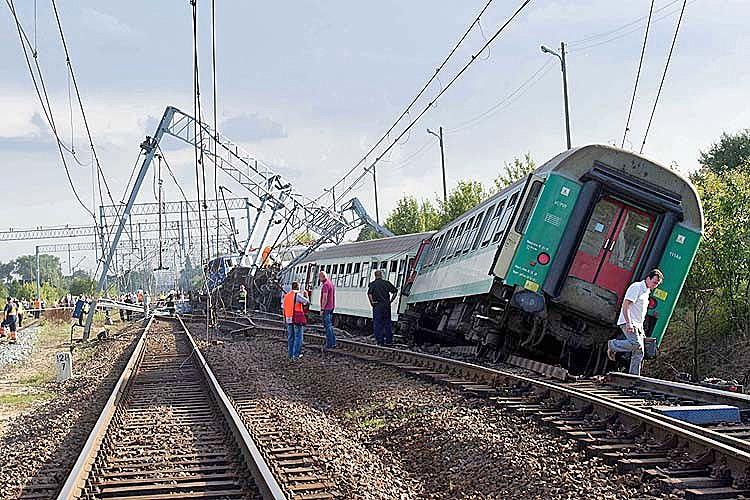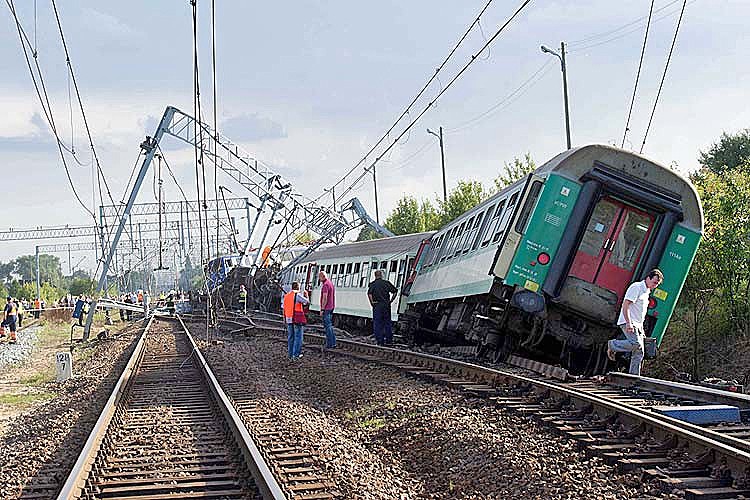Poland: Railing at Rail
Ah, the train. The old iron horse, the behemoth steel steed. It conjures up romantic images of tradition, solidity, and reliability unencumbered by the fickle vagaries of automobile travel like flat tires, detours, and whiny passengers.

Tom Ozimek
Reporter
|Updated:





